Donald Trump has vowed the toughest punishment possible for left-leaning demonstrators who commit “vandalism or destruction” in the nation’s capital. But a long-lingering case of a Black Lives Matter protester who spray-painted a slogan on the Lincoln Memorial shows that the president’s promises are a long way from reality — even with his own hand-picked prosecutors at the helm.
“If you so much as touch, or even think about destroying, a statue or a monument in Washington, D.C., you go to jail for 10 years with no probation, no anything,” Trump declared earlier this month as he announced his attempted takeover of the Washington police force and the deployment of National Guard troops to right crime in the city.
“You get jailed 10 years, no curtailed sentence, 10 years,” he said.
His promise echoed similar tough-sounding pledges he made during his first term, when he insisted there would be “no exceptions!” to the get-tough approach.
So on Monday, one might have expected a stiff punishment when Washington resident Micah Avery Jr. was finally sentenced after a five-year legal saga that began during the mass protests against racism and police violence in the spring of 2020. Avery was charged with destruction of federal property for painting the words “Yall not tired yet?” onto one of the stone outcroppings of the Lincoln Memorial.
But Avery did not get a decade or even a month in prison. Under a plea deal, he was given a year of probation, 60 hours of community service and a $500 fine.
The key decisions leading to that sentence — handed down in federal court Monday afternoon — were made under Trump appointees: Ed Martin, the controversial interim U.S. attorney for Washington at the outset of Trump’s second term, and Jeanine Pirro, Martin’s Senate-confirmed successor.
Under Martin, federal prosecutors and Avery’s defense attorney hashed out a deal to downgrade Avery’s case from a felony to a misdemeanor. It is just the sort of plea bargain that Trump has repeatedly suggested would not take place. That deal was presented to and approved by U.S. District Judge Amy Berman Jackson, an Obama appointee, in the first days of Pirro’s tenure. And earlier this month, Pirro and her deputies recommended that the judge give Avery probation, even though he could have received up to a year in prison under the plea deal.
Court filings show that the formal offer of the plea bargain was extended to Avery in late April, as Martin was struggling to convince senators to confirm him so he could continue to serve as U.S. attorney. His effort included outreach to judges and Black community groups, but it ultimately proved unsuccessful. Trump pulled Martin’s nomination and picked Pirro for the post. She was confirmed earlier this month.
In response to a query about the outcome of the case, Pirro said in a statement: “The plea was consistent with the evidence at the time the agreement was made. We will always seek the highest penalty available, consistent with the evidence.”
Martin, who now heads up a Justice Department office investigating alleged “weaponization” of law enforcement by the Biden administration, did not respond to messages seeking comment.
A White House spokesperson said the outcome of Avery’s case was an aberration due to recordkeeping issues.
“Improperly kept records from a crime that was committed five years ago limited the penalties this individual was able to receive,” the spokesperson said. “The administration will continue to seek the highest penalty available and not tolerate any sort of vandalism or destruction of our beautiful monuments and memorials.”
To reach the deal with Avery, prosecutors used a tactic similar to one conservatives denounced during the Obama and Biden administrations. To downgrade the charge to a misdemeanor, prosecutors agreed that the damage was less than $1,000, even though they told the judge in a sentencing filing that it cost the National Park Service more than $9,000 to clean off the spray-painted message Avery applied.
Assistant U.S. Attorney Cameron Tepfer suggested at Monday’s sentencing hearing the case was downgraded to a misdemeanor due to uncertainty in establishing the precise cost of restoration. He said the government decided to recommend probation due to Avery’s lack of a previous criminal record, his honorable service in the Army and sentences in other comparable cases.
“This was a significant offense targeting a significant memorial — one of the most famous in our city,” Tepfer said. Also mitigating the crime was that Avery tagged a “plinth on the stairway” leading to the memorial and that it seemed to be “a spur of the moment” decision rather than a premeditated act.
Later in the hearing, Jackson took issue with that, noting that Avery brought a can of spray paint with him in his backpack as he marched to the memorial.
In court filings, prosecutors asserted that Avery could have faced between about six and seven years in prison if convicted on the felony charge. They arrived at that range by factoring in the present-day cost of the Lincoln Memorial, which they estimated at more than $50 million.
One prominent legal expert on sentencing practices, Ohio State University law professor Douglas Berman, called the government’s stance in the case bizarre.
“This is where this sort of the Kabuki theater hits its ultimate height, which is the government gets the calculation and beats its chest and says, ‘This is a horrible crime. And look, the guidelines might even call for years upon years in prison for this, but we'll let you go in our noble graces and plead down to a misdemeanor,’” Berman said.
Some ideologically motivated vandals have recently gotten jail terms from judges in Washington, although nothing close to the decade Trump promises.
In April, U.S. District Judge James Boasberg sentenced Zaid Mahdawi, a Virginia resident, to 10 days in jail for climbing a monument outside Union Station and spray painting it with the message “Hamas is comin,” as well as an upside down red triangle during a Gaza-related demonstration in July 2024. The Park Service estimated the cost of clean-up and repairs of damage by Mahdawi and other protesters at $11,282.
Prosecutors operating under Martin urged a 30-day jail sentence for Mahdawi, who was charged during the Biden administration and never faced the more serious felony charge Avery did.
Last year, Jackson sentenced climate activist Joanna Smith to 60 days in jail after she pleaded guilty to throwing paint on a National Gallery of Art exhibit that contained an Edgar Degas sculpture.
A co-defendant in that case, Timothy Martin, elected to go to trial and was convicted in April by a jury of damaging National Gallery of Art property and conspiracy. He is set to be sentenced by Jackson in October.
Among the factors that Avery’s public defender, Eugene Ohm, cited in arguing for leniency in Avery’s case is that he was diagnosed with cancer in 2023, which was declared in remission earlier this year.
Ohm said in an interview that the prosecution was driven by political pressure from Trump from its beginning in 2020. He noted that Avery was initially given a citation and released by the police, but a few days later he was arrested on three felony charges over the same episode. A judge threw those charges out, but prosecutors later indicted Avery for felony “depredation” of federal property.
Asked about Trump’s vows to put demonstrators who vandalize monuments in prison for a decade, Avery said: “I think as long as we have moral judges that won’t happen, but as the executive and the judicial system get more intertwined, there’s more and more danger of that.”
In his remarks earlier this month and in 2020, Trump confused some facts related to the law making it a crime to damage federal property. He claimed to have “signed that statute,” which dates to 1909. He did sign an executive order in June 2020 urging tougher enforcement of that law and others against those who deface or attempt to demolish monuments, but his order is replete with language watering down its impact and it specifically preserved the Justice Department’s prosecutorial discretion in “individual cases.”
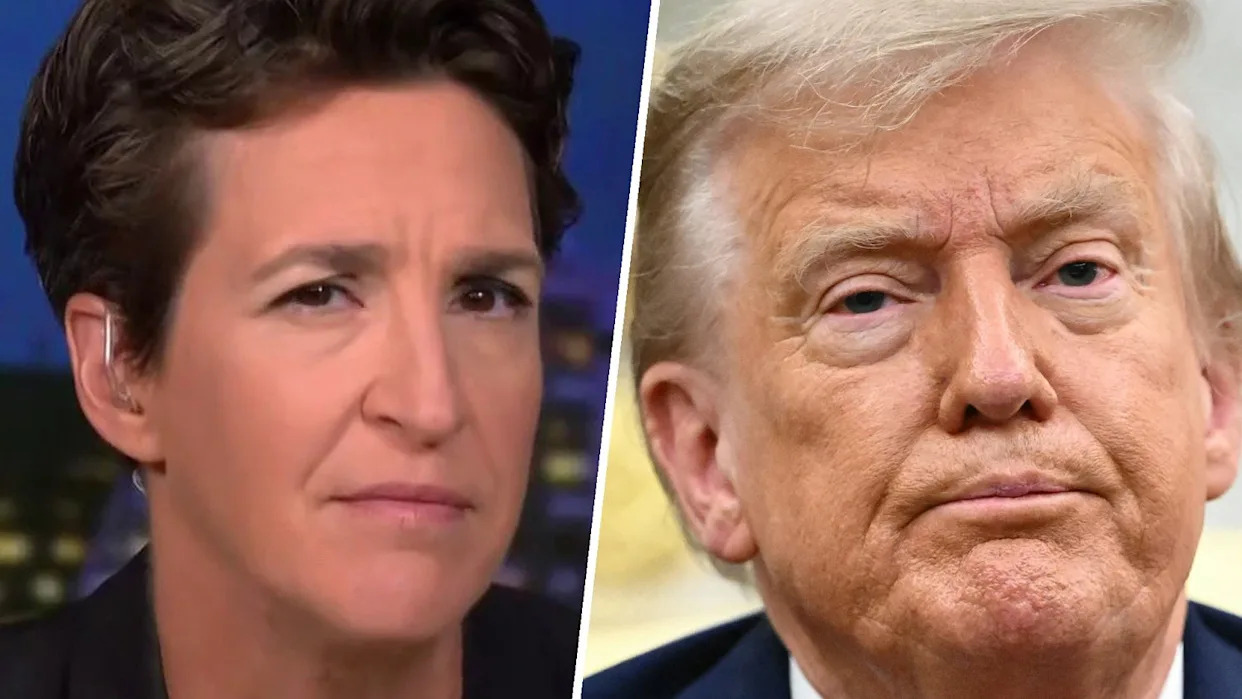

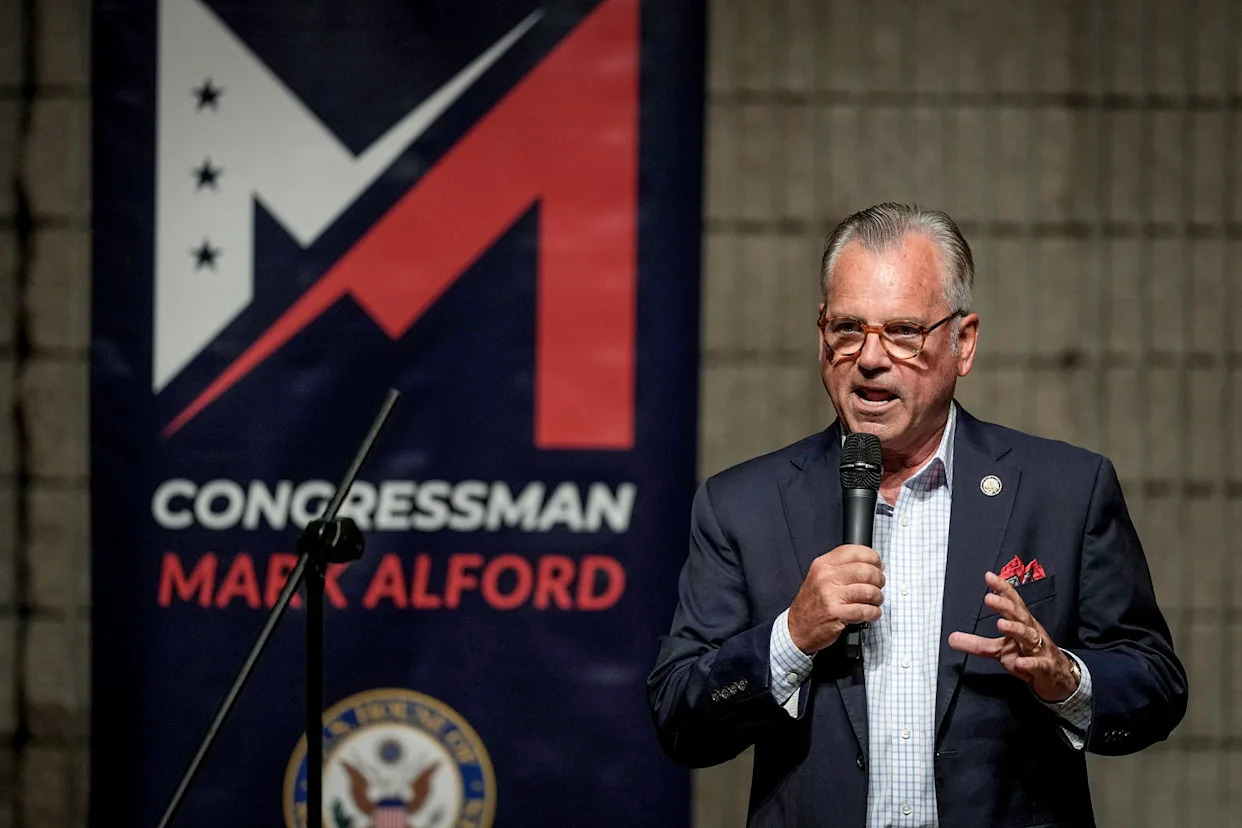

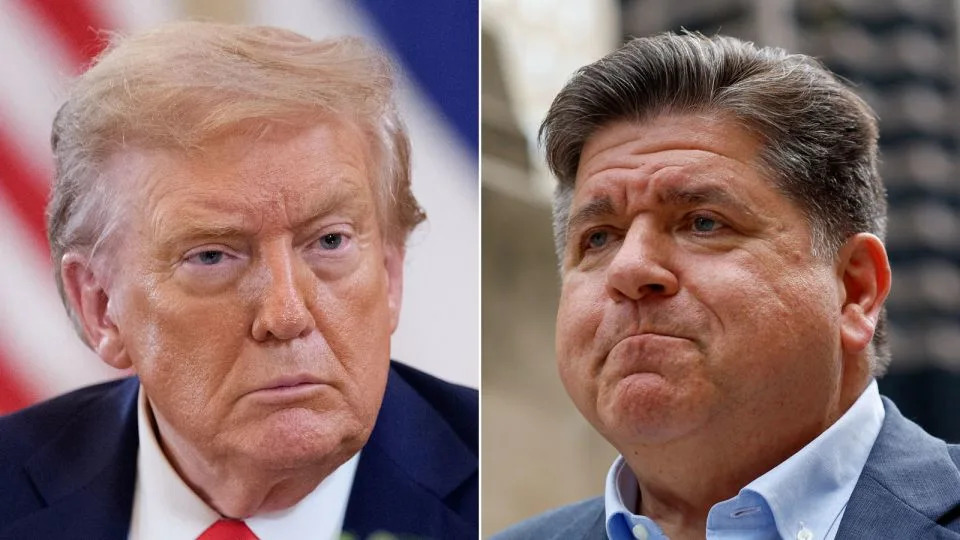

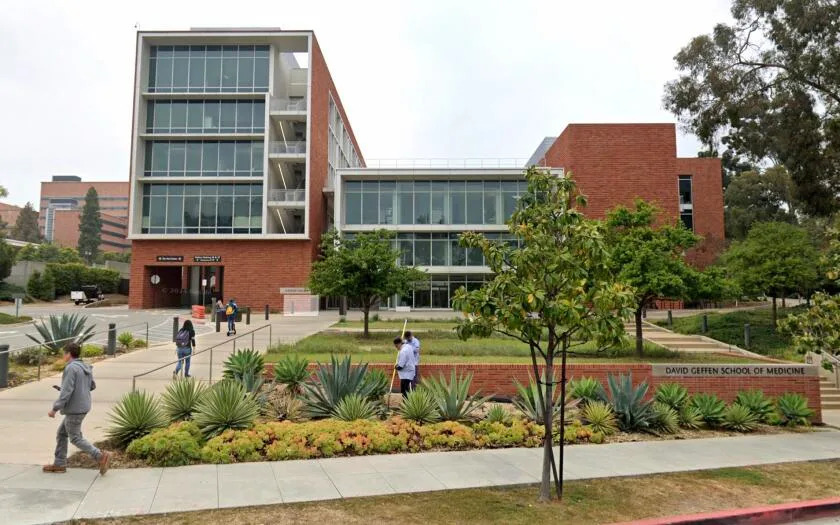
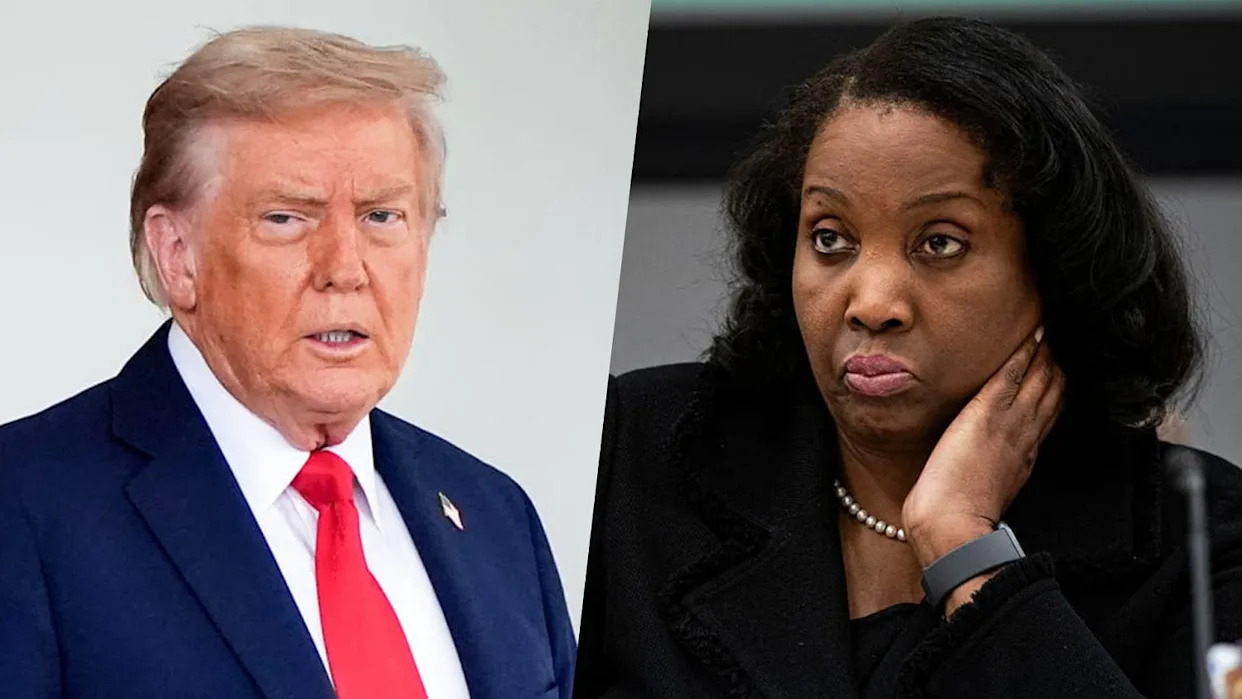
Comments